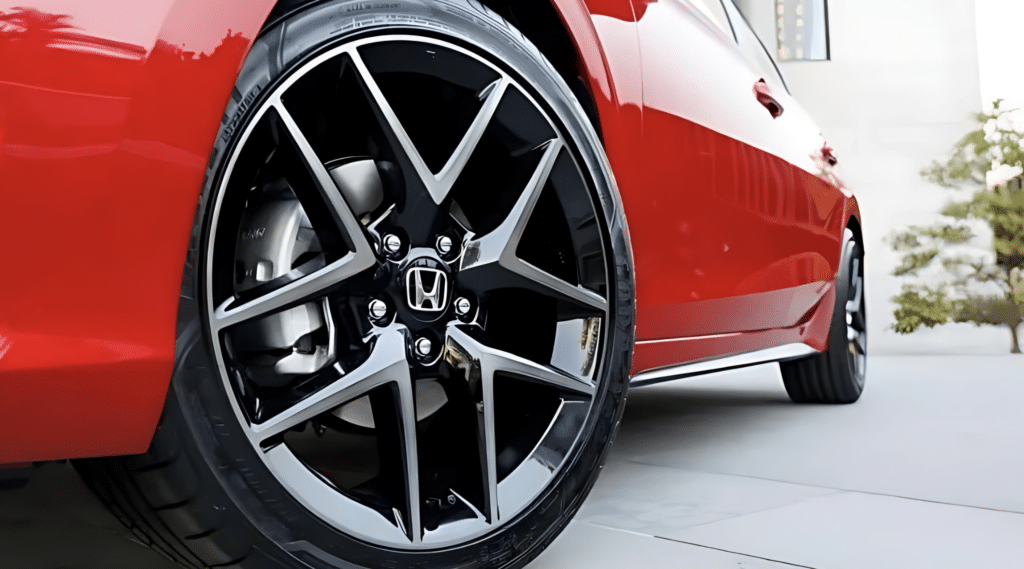Have you ever wondered why those shiny new wheels you bought don’t fit your Honda? It’s all about the bolt pattern. This small but crucial detail can make or break your car’s look and performance.
Many Honda owners face this mystery when upgrading their wheels. But don’t worry—understanding bolt patterns isn’t rocket science.
This guide will explain the basics of Honda bolt patterns. You’ll learn what they are, why they matter, and how to pick the right ones for your ride.
Knowing bolt patterns is key, whether you’re a car buff or just looking to freshen up your Honda’s style.
By the end of this post, you’ll be ready to choose aftermarket wheels that fit your Honda like a glove. Let’s get rolling!
Understanding Bolt Patterns
A bolt pattern is the layout of lug holes on your car’s wheel. It’s like a secret code that tells you which wheels will fit your Honda.
The pattern has two parts: the number of holes and the circle they form.
For example, if someone says “5×114.3,” they’re talking about a wheel with 5 holes spread out on a circle 114.3 mm wide.
Honda uses a few main bolt patterns:
- 5×114.3 mm: This is on many newer Hondas, like the Accord and CR-V.
- 4×100 mm: This one’s common on older Civic models.
- 5×120 mm: Some larger Honda vehicles use this pattern.
Knowing your Honda’s pattern is the first step to finding the right wheels.
Bolt patterns are more than just numbers. They’re about:
- Fitting: The right pattern means your new wheels will attach securely.
- Safety: A proper fit keeps your wheels from coming loose while driving.
- Compatibility: It helps you pick wheels that work with your Honda’s brakes and suspension.
Using the wrong bolt pattern is like fitting a square peg in a round hole. It just won’t work, and it could be dangerous. That’s why getting it right is so important when shopping for new wheels.
Popular Aftermarket Bolt Patterns for Honda Models
Honda cars come with different bolt patterns. Each pattern opens up a world of wheel options for your vehicle. Let’s look at some popular choices and what they mean for your Honda.
1. 5×114.3
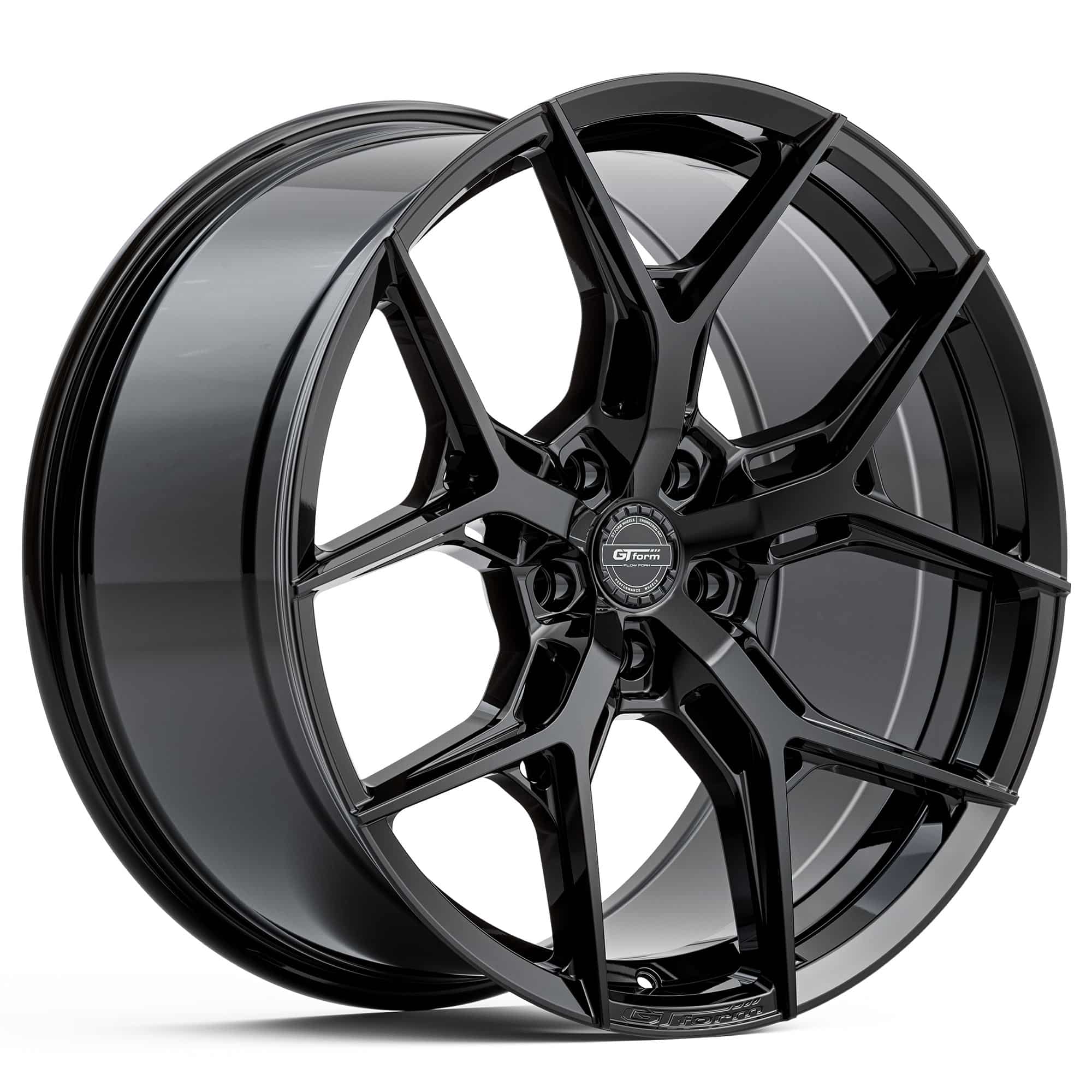
The 5×114.3 bolt pattern is a top pick for Honda owners who want better performance.
Applications: You’ll see this pattern on sporty models like the Honda Civic Type R and newer Accords.
Benefits: It’s great if you want to put on bigger, sportier wheels without hurting how your car drives.
Wheel Options: There are lots of aftermarket wheels for this pattern. Many are made to help your car handle better on twisty roads or at high speeds.
2. 4×100
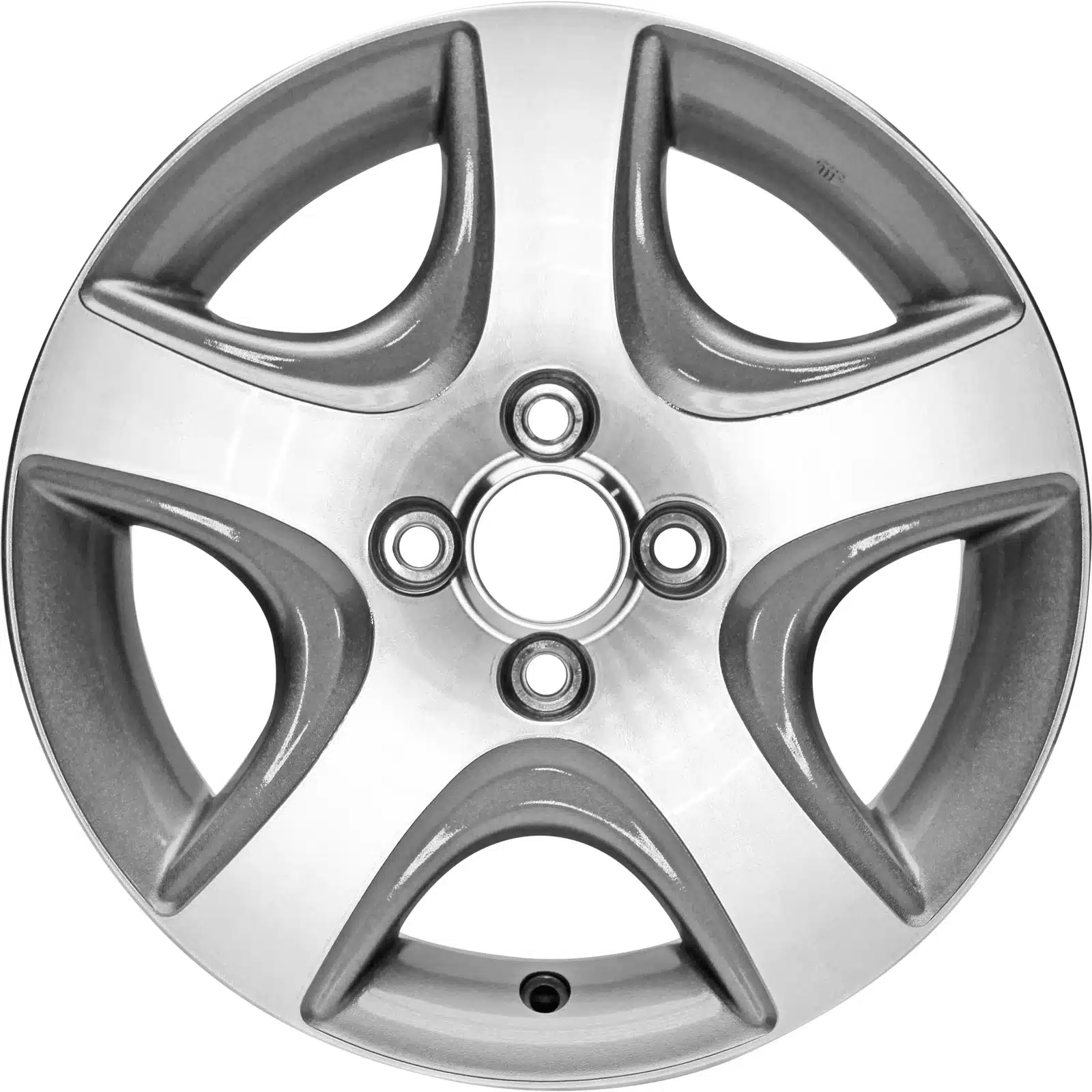
The 4×100 bolt pattern works well for smaller, lighter Hondas.
Applications: This pattern is common on older Civics, Fits, and CR-Xs.
Benefits: It’s perfect if you want to keep your car light. This can help with fuel savings and make your car feel nimble.
Wheel Options: Many aftermarket wheels are available for this pattern. Look for light and stylish ones to match your Honda’s look.
3. 5×120
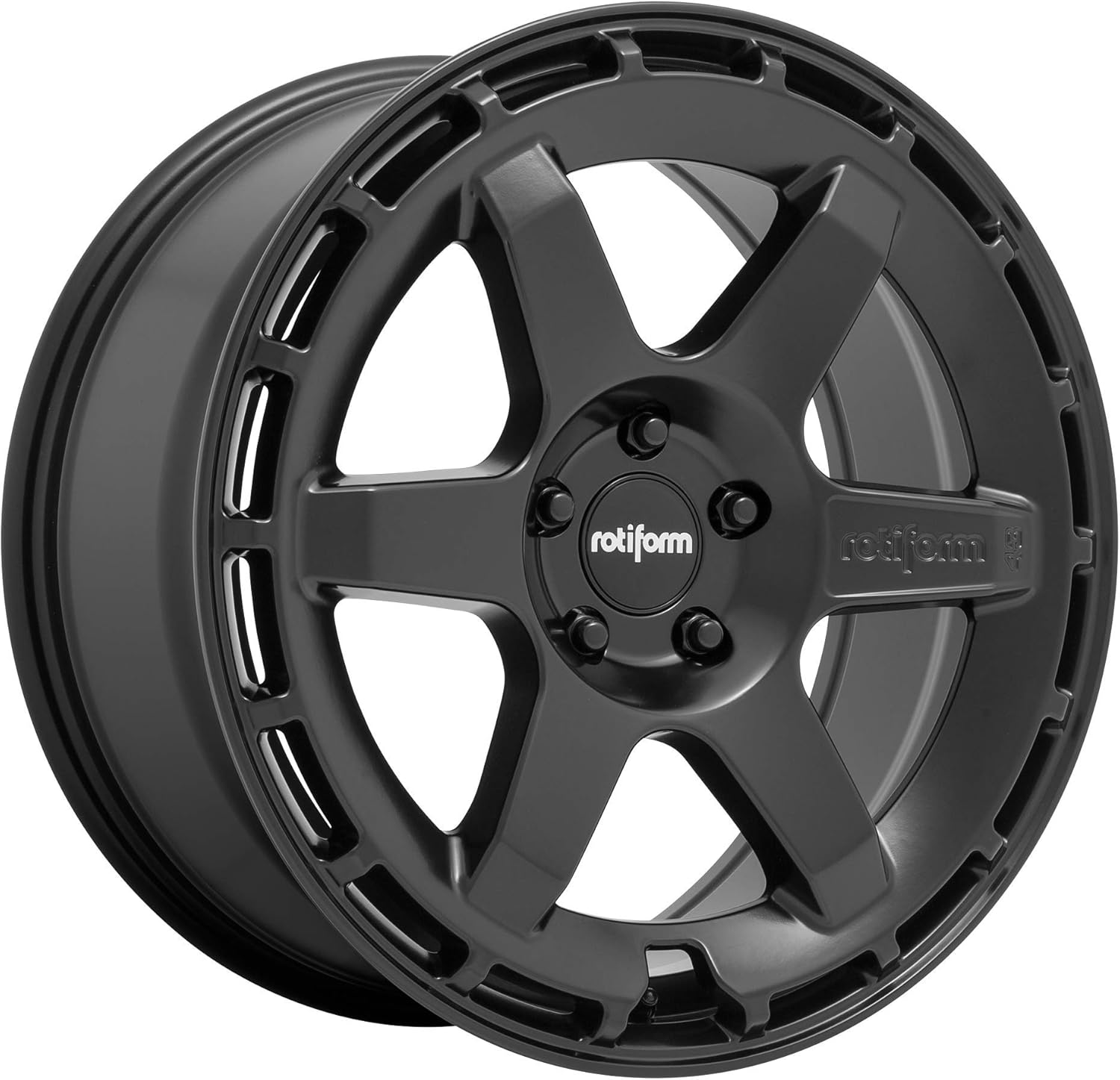
The 5×120 bolt pattern lets you put on more aggressive-looking wheels.
Applications: It’s not as common, but some custom Hondas use this pattern, especially if big changes are made.
Benefits: This pattern gives you more choices in wheel designs, including ones that make your car look wider and more noticeable on the road.
Wheel Options: There are wheels made for this pattern that can change how your Honda looks and feels on the road.
4. 5×100
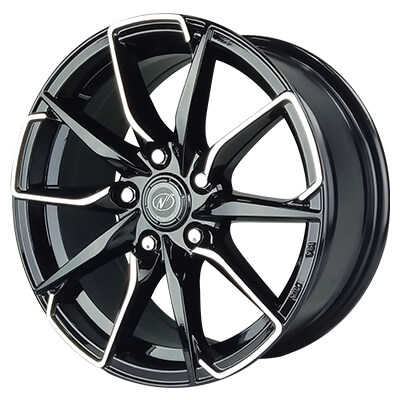
The 5×100 bolt pattern is often found on compact Honda models.
Applications: You might see this on some older Civics and other small Hondas.
Benefits: It’s good if you want wheels that balance performance and everyday use.
Wheel Options: Many wheels for this pattern can improve your car’s handling while still being suitable for daily driving.
5. 4×114.3
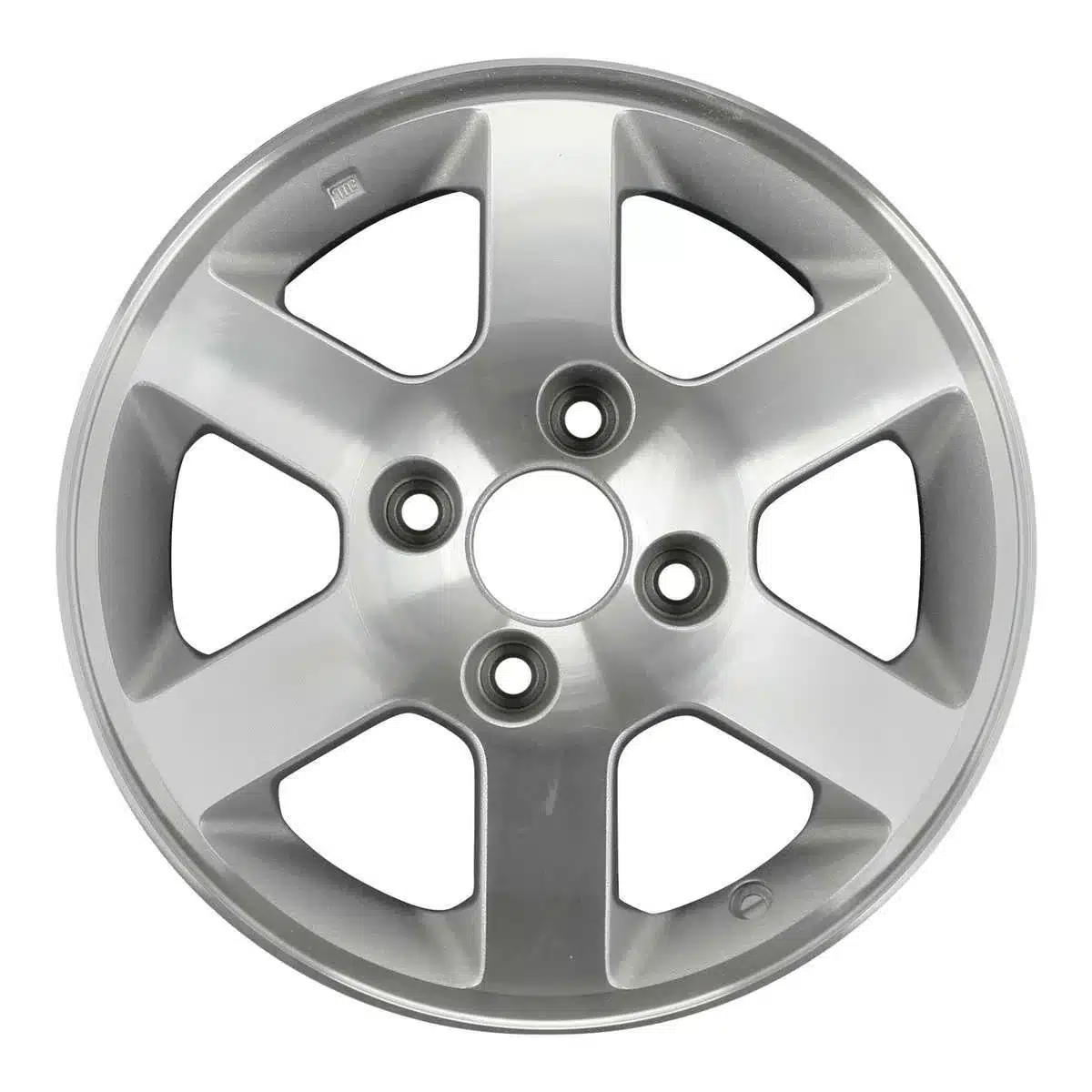
The 4×114.3 bolt pattern is common on older Honda models.
Applications: You’ll find this on early Accords, Preludes, and some old Civics.
Benefits: It’s great for Honda fans who like the classic look but want newer wheel designs.
Wheel Options: Look for wheels that mix old-school style with new technology for better performance.
6. 5×112
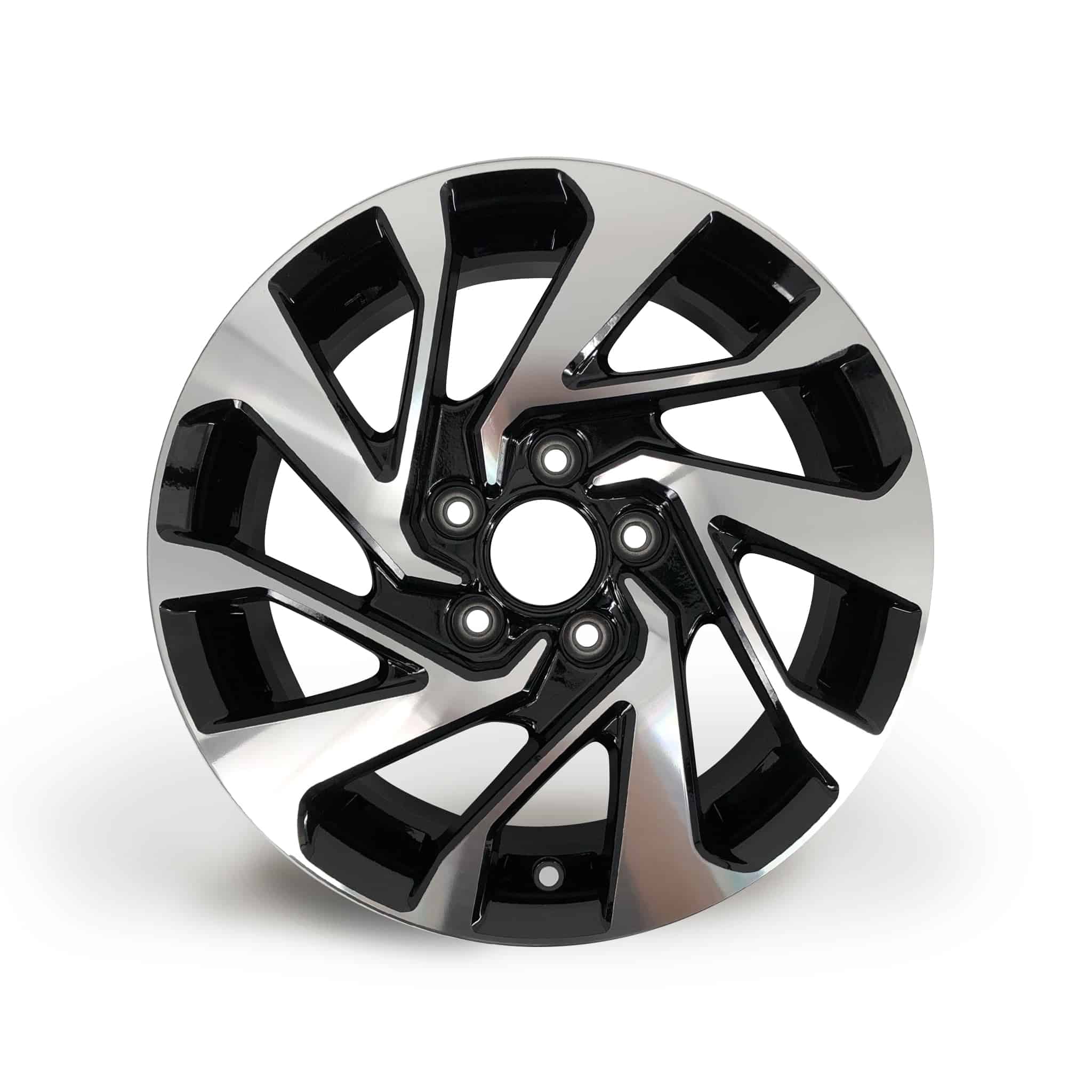
The 5×112 bolt pattern is gaining fans among Honda owners who like customizing their cars.
Applications: While not originally a Honda pattern, some owners use it to put European car wheels on their Hondas.
Benefits: It lets you choose from a wide range of European wheels, giving your Honda a unique look.
Wheel Options: You can find high-quality wheels from European makers that fit this pattern, often with eye-catching designs.
7. 5×108
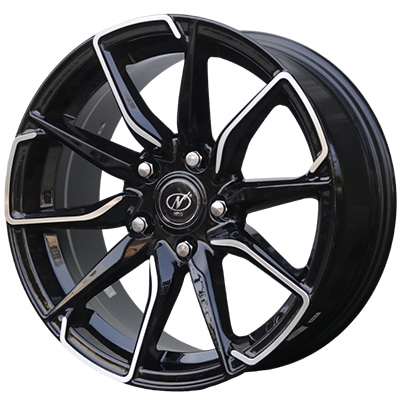
The 5×108 bolt pattern is rare for Hondas but used in custom builds.
Applications: These are seen on heavily modified Hondas, often using wheels from other car brands.
Benefits: Allows unique wheels, helping your Honda stand out.
Wheel Options: Rare, limited-run wheels are available. They can make your Honda look one-of-a-kind. But remember, fitting these might require other car modifications.
Factors to Consider When Choosing Aftermarket Bolt Patterns
Here’s a table summarizing the factors to consider when choosing aftermarket bolt patterns:
| Factor | Description | Key Points |
|---|---|---|
| Safety Considerations | Secure fit: Ensures wheels stay firmly attached. Wrong pattern risks: Incorrect patterns can cause wheels to loosen or detach. |
– Proper fit prevents wobbling and loosening. – Incorrect patterns may lead to severe safety risks. |
| Performance Impact | Handling and ride: A correct fit enhances stability and steering. Upgrade compatibility: Ensure new wheels are compatible with planned brake or suspension upgrades. |
– Improves car balance and tire wear. – Essential for maintaining smooth ride quality. |
| Aesthetic Appeal | Enhancing looks: Wheels can boost the visual appeal of your Honda. Design options: Different patterns offer more wheel design choices. |
– Achieve the desired sporty or luxurious look. – Balance style with fit and performance. |
How to Choose the Right Aftermarket Bolt Pattern
Picking the right bolt pattern for your Honda isn’t just about looks. It’s about ensuring your new wheels fit well and keeping you safe on the road. Let’s break down the process into simple steps.
Step 1: Measure Your Current Bolt Pattern
Measuring your bolt pattern is easier than you might think.
For 4-lug wheels: Measure from the center of one lug to the center of the opposite lug. For 5-lug wheels: Measure from the center of one lug to the outside edge of the farthest lug.
You’ll need:
- A tape measure or ruler
- A piece of paper and pencil to note down measurements
Step 2: Compare with Aftermarket Options
Check that the number of lugs and the spacing match your Honda’s pattern. Then, look at the hub bore size—the big hole in the middle of the wheel.
It should be the same size or larger than your Honda’s hub.
If the hub bore is too small, the wheel won’t fit over your hub. If it’s too big, you might need hub-centric rings to fill the gap.
Step 3: Consider Wheel Offset and Diameter
Offset affects how your wheels sit in the wheel wells:
- Positive offset: The wheel sits more inward.
- Negative offset: The wheel sticks out more.
Choose an offset close to your stock wheels to avoid rubbing issues.
As for diameter, Bigger wheels can improve looks and handling. But being too big can strain your engine and hurt your ride comfort. Stick within 1-2 inches of your stock size for the best result.
Common Mistakes to Avoid
It’s easy to make mistakes when changing your Honda’s wheels. Here are some common ones to watch out for.
1. Ignoring Compatibility
Double-checking fitment is key. Many Honda owners get excited about new wheels and forget to ensure they fit. They might see a great deal online or fall in love with a certain look.
But if the bolt pattern doesn’t match, those wheels are useless.
Always compare the new wheels’ specs to your Honda’s needs. This includes bolt pattern, offset, and hub bore size. If you’re not sure, ask a pro.
2. Overlooking Safety Aspects
Choosing the wrong bolt pattern isn’t just a fit issue—it’s a safety risk. Wheels that don’t fit right can come loose while you’re driving, which could lead to loss of control or even a crash.
Some people try to force-fit wheels or use adapters without proper research. This is dangerous.
Your wheels keep you connected to the road. Don’t take chances with them.
3. Choosing Style Over Function
We all want our Hondas to look good. However, going for style without considering function can cause problems.
Super-wide wheels might look cool but could rub against your wheel wells or affect your steering.
Very large wheels can put extra strain on your suspension and brakes and might even hurt your fuel economy. Try to balance the look you want with what works best for your car.
Final Words
Let’s wrap this up. Choosing the right bolt pattern for your Honda isn’t rocket science, but it does require care. We’ve covered the basics, from understanding bolt patterns to avoiding common mistakes.
Remember, the perfect wheels for your Honda are out there. They’ll fit well, look great, and keep you safe on the road.
Now it’s your turn. Follow these tips and start your wheel upgrade expedition. Measure your current bolt pattern, compare options, and consider style and function. Don’t rush—take your time to find the perfect match.
Do you have questions? Feel free to ask in the comments. If you’ve recently changed your Honda’s wheels, we’d love to hear about your experience.
Frequently Asked Questions (FAQs)
Can I Use Wheels with a Different Bolt Pattern on My Honda?
It’s not recommended, and using the wrong bolt pattern can be dangerous. Stick to your Honda’s original pattern or use proper adapters under expert guidance.
Can Changing My Wheel Size Affect My Speedometer Reading?
It can. Larger wheels rotate fewer times per mile, which may cause your speedometer to show a lower speed than you’re going.
Will Larger Wheels Affect My Honda’s Fuel Economy?
Yes, they can. Bigger, heavier wheels make your engine work harder. This might lower your fuel efficiency by 1-2 miles per gallon.


